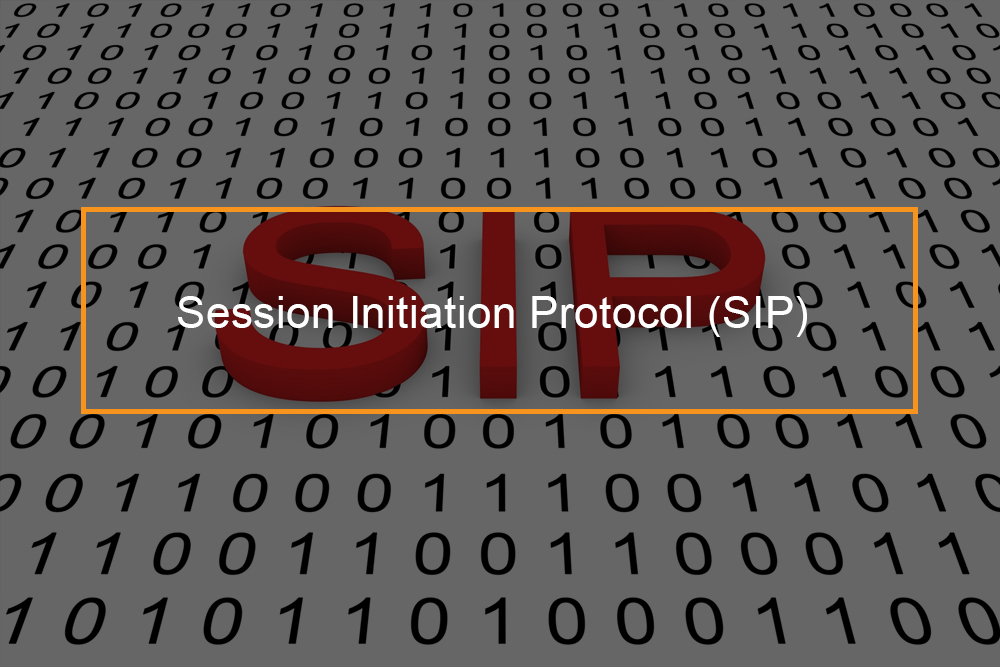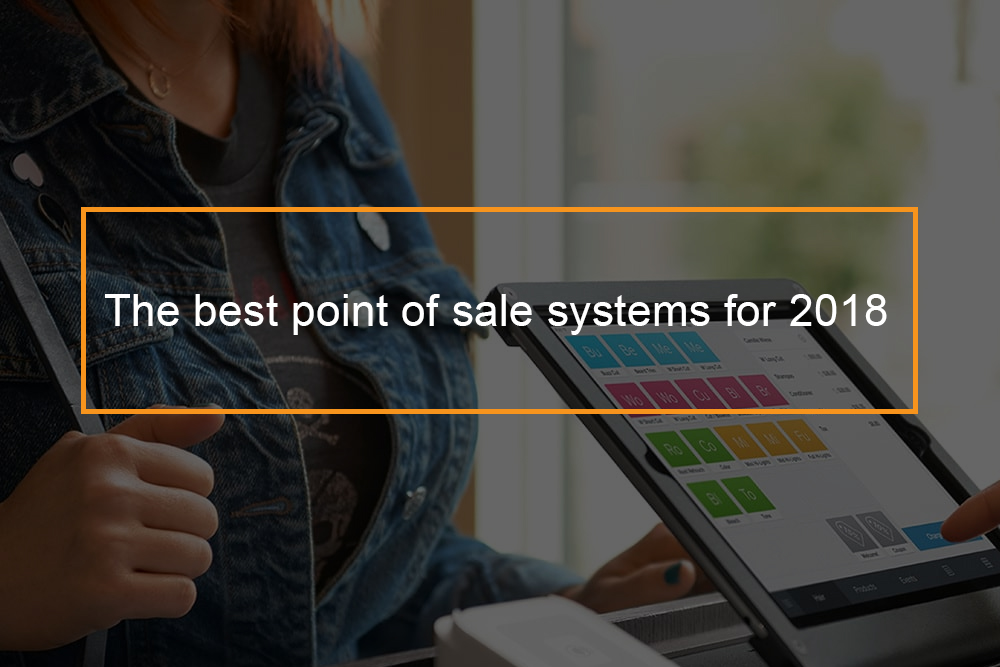Learn how Call Center Matrix can improve your customer service and give the best outcomes

Understand Call Center Metrics and Improve Performance
Like all businesses, contact centers are driven by performance. The only way they can succeed is if everyone understands what their role is. The decision-making authority for call center managers is to determine if everyone on the team understands the rules.
It is important to have solid, unchanging call metrics. This will ensure that every agent is focused on the main objectives of the call center.
It can be hard for call centers to know how they are performing when there are so many metrics. It can be hard to decide which metrics to use to improve performance. We’ll be discussing the call center customer service matrix in this article. What is call center matrix? Why is it important, and how can you incorporate it into your call center?
Table of Contents
What Is Call Center Matrix?

What is call center matrix? It’s a collection of metrics used for measuring call center performance. These metrics all have interdependencies. In our experience, one can improve another. As we have mentioned, there are many metrics to track. How can we decide which ones are the most important?
Bottom line performance is what determines the success of a call center. Measuring metrics that don’t increase bottom-line performance is a waste of time. Certain metrics have a stronger impact on the bottom line than others.
What is Call Center Metrics? What do metrics mean in a Call Center?
Call center metrics are used to measure customer service team effectiveness. Many aspects of call center operations use metrics to track performance, agent productivity, as well as other activities that result in increased customer satisfaction. Key performance indicators (KPIs), which are used by customer service managers to monitor how efficiently and effectively a call center solution is meeting business goals, are monitored by them.
How is Call Center Efficiency Measured?
Call center managers receive large amounts of data via various platforms that are focused on different business processes. Metrics can be used to monitor this data. There are many contact center metrics. The ones that you need to measure will vary depending on your job. One set of KPIs might be sufficient for customer service executives, but a different set may be needed by front-line managers.
Executives require strategic metrics and key performance indicators (KPIs) to be able to build a business case to support customer service. Opportunistic managers must have more complete metrics in order to make informed decisions about how to serve customers best and manage their workforce.
What is KPI?
A KPI (or key performance indicator) is a measurement that contact centers use to evaluate their ability to meet business goals like efficiency and providing outstanding service. Contact centers may have many KPIs. It is difficult to choose the right KPIs that will allow you to evaluate all aspects of your operation and not overload with data.
What are the Call Center Metrics Industry Standards?
Data and metrics are useful in the workplace. They help organizations understand how daily actions affect other company operations and allow them to set and track objectives.
Although each call center may have its own method of measuring performance, there is a common set of metrics and KPIs that can be used to measure the success of call centers. These metrics generally fall under specific focus areas and provide valuable insights into customer experience. They also emphasize quality and quantity equally.
To maximize customer satisfaction, best practices recommend measuring these four key areas in order to maintain an efficient and high-performing call center.
- Customer experience
- Agent productivity
- Call to initiate
- Call center operations
How are Call Center Metrics Calculated? – Call Center Metrics Formulas
Although there are many call center metrics that can be measured, only a small number of KPIs should you monitor over a time period. To ensure that you don’t miss any important contact center metrics, this list is a definitive guide. It can be used to make strategic decisions about which KPIs to track for your call center, and also how to use journey-based measurement to optimize your contact center performance.
Customer Experience Metrics and KPIs
Customer satisfaction is the key to a company’s survival. How do you know if your customers are satisfied? Customers’ experiences with products and services can be used to determine whether they are satisfied or disappointed.
Surveys have shown that customers are less satisfied with their service when they don’t have it.
- Contact the organization again
- Explain the issue
- You can be transferred
- To resolve the issue, you should exert more effort
First contact resolution
FCR stands for First Contact Resolution. It tracks how many times an agent has resolved the customer’s problem without requiring a callback. FCR helps to deliver exceptional customer experiences. FCR is often the cornerstone of call center KPIs.
Customers expect that their issues are resolved within the first call. This is a great way to satisfy them and prevent customer defection. The FCR measurement allows you to measure how well your company is meeting customers’ needs.
Formula: Total Number Of Reported Issues Resolved On First Call / Total No. of Calls
OR
Total Number of Reported Problems Resolved by First Call / Total number of First Calls Note – This is a measure of high call quality.
Customer Satisfaction Score
Customer Satisfaction is a measure of customer satisfaction. It shows how satisfied a customer is with your products or services. CSAT scores often reflect customer service satisfaction. This is usually measured using a survey. It’s a key indicator of customer loyalty, and long-term revenues.
This call center metric helps to understand how factors affect the call center.
To determine which agents are most effective in solving customer problems, companies often request feedback from customers. Companies use an agreed-upon scoring system to classify responses. This is done based upon customer feelings like:
- Very happy
- Satisfied
- You are not satisfied
- Very Unsatisfied
Customer Effort Score (CES)
CES shows whether or not a company’s products can solve a customer’s problem. CSAT is not a standard measurement. A five-point scale could be used to measure the metrics, while others use seven-point scales.
A single question, similar to the one below, is used to collect results. It asks: “On an average scale of 1 to 7, seven stands for Strongly AGREE and one stands for Strongly Disagree). Did the service make it easier to solve your problem?” Higher CES scores mean better customer experiences.
Net Promoter Scores (NPS)
Net promoter scores measure loyalty and customer satisfaction. NPS is often calculated based upon a single question. “How likely are you to recommend this company or agent?” Scoring works on a sliding scale. 9-10 are promoters, 7-8 are passive and 0-6 are detractors. NPS can be calculated by subtracting promoters’ percentages. A score greater than 50 is considered acceptable. NPS scores are a valuable source of feedback. A high NPS score can lead to positive revenue and increased business growth.
Formula: (Number and Total Number of Promoters / Total number of Customers in Sample) -(Number and Total Numbers of Customers In Sample)
Agent Productivity Metrics And Kpis
Productivity metrics are call records that measure and track how efficient your team completes tasks. These metrics are useful in helping you to manage and improve your performance. But it is crucial to pay attention to the right metrics. How can you assess the performance of agents in call centers? These are the most important metrics for call centers to monitor.
Average Handling Time
The average handling time (AHT), measures the time taken by an agent to complete one interaction. Because contact centers strive to reduce wait times and increase customer retention, many agents in contact centers are assessed on speed-to resolution. Agents with higher AHT rates and who are able to resolve issues quickly are more effective.
Formula: Total Talk Time + Total Call Time + Total After-Call Time = Total Number of Calls
Agent Utilization Rate
The rate of agent utilization is the ratio of the agent’s hours worked and the agent’s work availability. Consider an agent who is available to take customer calls for six hours out of an eight-hour shift. The utilization rate for that agent would be 75% (6 hours work / 8 hours).
Formula: (Average Number Of Handled Calls x Average Time) / Total Work Hours for Given Period) x 100%
Average Speed of Answer
ASA measures the average time taken by an agent to answer inbound phone calls. This includes the time that the agent is answering the phone, as well as the time that the caller was waiting. The industry average speed of answering (ASA) is 28 seconds. The longer the ASA times, higher customer dissatisfaction, agent absenteeism, and agent turnover. This also points to efficiency and accessibility issues.
Formula: Total Answered Call Wait Time / Total Answered Phones
Call initiation metrics and KPIs
The first contact with a customer service representative reveals how valued they are. This metric gives insight into the critical time between contact initiation and speaking to an agent. The perceptions of a customer begin before they even speak with an agent. The wait time, communication and length of hold can make loyal customers or deceitful customers.
First Response Time (FRT)
FRT is a measure directly connected to customer satisfaction. It is easy for customers to see why. FRT measures the percentage of calls that the agent has resolved the customer’s question or problem without increasing the call rate, escalating the call, or returning it. The lower transfer rate is believed to be the FRT, which many believe is one of the most important KPIs in a call center.
Formula: Total Wait time for All Calls / Total Calls
Percentage of Calls Blocked
If callers reach a busy sign, the call is effectively blocked. It is helpful to know how many customer calls are being ‘blocked’. High numbers can mean that customers have difficulty contacting the company. This can lead to frustration and poor customer service. The reason for a busy tone is usually a shortage in agents (each agent has too many calls), or an inability to handle the volume.
Formula: (Number of Calls That Do Not Reach Agents/Total Incoming Calls) x 100
Average Call Abandonment Rate
Inbound call centers have an abandon rate that is the percentage of calls that are abandoned before a customer talks to an agent. The abandon rate is the sum of all inbound calls plus the number of abandoned calls. Waiting times have a direct correlation with retention rates. Why is this important? This is because many service level agreements contain an abandon rate target. Although it is an admirable goal, a low abandonment ratio does not necessarily mean higher customer satisfaction scores.
Formula: (Number of Calls – number of Handled calls) / Number of Calls x 100%
Active Waiting Calls
An active waiting call measurement is a measure that measures how well teams deal with real-time call volumes. It provides information to contact center managers about the number of calls agents are handling vs. the number on hold. Poor customer experience and customer retention are the consequences of too many calls being placed on hold.
Call center operational metrics and KPIs
The call center manager must determine what level of performance is acceptable over time. These metrics and KPIs are used by organizations to determine peak hours, evaluate shifting trends in the contact center, and forecast staffing. They also help to understand the effects of company initiatives such as product launches, marketing campaigns, and call volumes.
Calls Handled
This KPI displays all calls that were made by an agent in a given time frame. It doesn’t often include abandoned calls. This metric can be broken into the following types.
- The number of calls that a call center agent has handled in total
- The number of calls that are handled by IVR systems (interactive voice response)
Cost Per Call (CPC)
CPC tracks average contact cost for every call that a contact center agent receives. This provides insight into how efficient your operations are, and can help to drive resource allocation decisions. It provides information about whether a call center is efficiently operating and allocating its resources effectively. The formula is calculated as follows: Take the total cost of all calls minus the total number of calls.
Call Arrival Rate
Organizations can use this metric to determine the number of calls that a contact center has received in a certain time frame. You can specify the time frame in minutes, hours, or days. It is a KPI that operational managers monitor daily. Executives use it to track trends over time.
Peak Hour Traffic
Every call center should monitor which days have the highest incoming traffic. This KPI can be used to monitor workforce engagement and forecast staffing needs.
Average Call Lengths
This metric gives you insight into average call lengths over a period of time. This is useful to communicate expectations and manage workloads.
Average Age of Query
This is the time it takes for unresolved queries to remain open. It should be a goal to lower the average age for each query. FCR is a metric that identifies issues, channels or engagement methods that result in longer resolution times. The formula is the sum of all open queries that remain open and total open queries.
Callback Messaging
Many companies offer callbacks to customers in order to avoid lengthy hold times. To determine how many customers select the callback option, businesses must keep track of how many calls they receive during a specific time. It’s easy to determine staffing requirements and improve efficiency by using this KPI. It is important to keep this KPI as low as possible, since most customers want their issues solved immediately.
Repeat Calls
FCR is closely linked to repeat call rates. This helps companies to understand how frequently specific problems or issues aren’t resolved the first time. Monitoring repeat call rates and asking customers for feedback can help to identify and fix recurring issues customers are facing. Customer frustration could be reduced by offering more self-service options.
This table summarizes the most common call center KPIs and is organized according to the data that they measure. Effective call centers use multiple data sources from various parts of their operations in order to fully understand the quality of their services.
| Common Call Center KPIs | |
| Data Measured | KPIs |
|
Customer Experience |
|
|
Agent Productivity |
|
|
Call Initiation |
|
|
Call center Operations |
|
What Are Quality Metrics In A Call Center?
Quality Assurance (or QA) metrics are data that can be tracked and used for quantifying agent performance in contact centers. While they vary by industry, QA metrics typically focus on conversation-handling efficiency and creating a better omnichannel customer experience. Common quality assurance metrics are: Average Speed Of Answering (ASA), First Call Resolution (FCR), Average Time (AHT), Customer Satisfaction (CSAT), Customer Promoter Score (NPS), Customer Effort score (CES), and Net Promoter Score.
Conclusion
It’s important to have a good understanding of the metrics that are used to measure call center effectiveness. Also, it is essential to know how to best utilize technology and training to make agents more productive and less likely to leave. To improve productivity and profitability of your call center, as well as customer satisfaction, it is important to track call center metrics.









